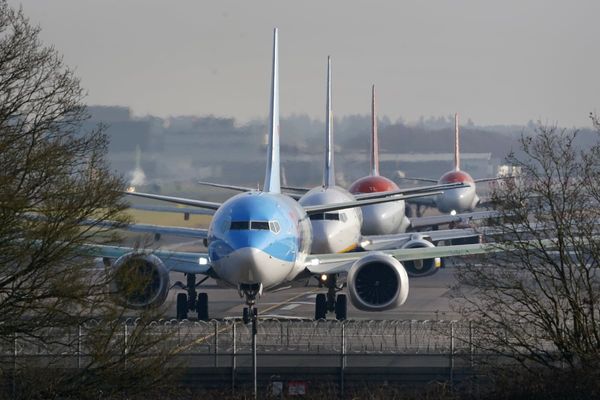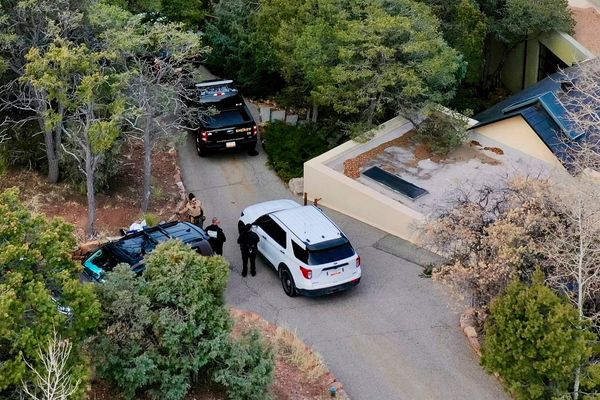
Perhaps the real surprise behind this week’s release of the “final” Beatles song, Now and Then, is not that Paul McCartney and Ringo Starr wanted to resurrect the band one last time – uniting them with the “crystal clear” voice of John Lennon from a 1970s home tape, a feat enabled by technology Peter Jackson developed for his 2021 Get Back documentary – but that there remains a seemingly insatiable thirst for all things Fab Four.
It is now 60 years since Beatlemania engulfed first Britain and then, via America, the world. No one then imagined that in 2023 we would still be entranced by the group. The shelf life of pop acts was measured in months, or at best years – the Beatles themselves didn’t make it past their 1970 break-up. Yet this month sees a fresh surge of interest. Accompanying Now and Then are expanded versions of the Red and Blue compilations first issued in 1973, Philip Norman’s biography of George Harrison (to go alongside his tomes on Lennon and McCartney), and an Apple TV series, Murder Without A Trial, examining the 1980 killing of Lennon outside his New York home.
Until the end of last month, the National Portrait Gallery was running Eyes of The Storm, McCartney’s evocative exhibition after his “discovery” of a cache of photos from 1963-64. And you can still enjoy National Trust tours of John and Paul’s Liverpool homes, and hear Hey Jude ringing from English football terraces.
Some reasons for the ongoing obsession are straightforward. Since even the humblest contribution to Beatledom is guaranteed global attention, more products keep arriving. Then there is the nostalgia of baby boomers for their youth – not least in the US, where the likes of Tom Petty and Bruce Springsteen were inspired to pick up guitars by the Beatles’ celebrated appearance on the Ed Sullivan Show in 1964.
Behind it all lies the enduring quality of the music – the exuberance of the early hits, the inventive plunge into psychedelia, the gentle beauty of the love songs – and where the Fabs pioneered, the rest followed. Their career still describes the perfect arc of pop success, from early gigs in Merseyside and immersion in the crucible of Hamburg lowlife to becoming local heroes, national sensations and international icons. Unlike their peers the Rolling Stones, they didn’t stick around to become a vainglorious tribute band to themselves.
The foursome’s panache – the “Beatle cuts”, the casual ostentation of their clothes, their gritty ambition – helped make them the personification of an era in which optimism, hope and social mobility were possible. They radiated an infectious joyousness which now seems remote and beyond reach, and even when they were naive – Maharishi, Apple – they were brave. As Harrison put it: “They [the public] gave their money, and gave their screams, but the Beatles gave their nervous systems. They used us as an excuse to go mad, the world did, and then blamed it on us.”
Now and Then may be the Beatles’ “final song”, but it won’t be the final word in their story. McCartney, who has cannily curated the group’s legacy, may yet find another cache of photos, while one day, perhaps, we may get to read Lennon’s Dakota diaries, briefly glimpsed after his murder but swiftly recovered by Yoko Ono and kept secret ever since.
• Neil Spencer an Observer columnist







